Huawei's 'Succession Battle' in the Automotive Sector Arrives with the Launch of Harmony Smart Drive's First Pure Electric Sedan
-
Huawei's strategic moves in the smart automotive sector have consistently drawn attention. Recently, Huawei unveiled the Zhijie S7, a smart electric coupe targeting young consumers, while announcing investments and collaborations with Changan Automobile in smart automotive components. This marks another partnership with domestic automakers following collaborations with Seres, Chery, BAIC, and JAC. How exactly is Huawei 'building cars'? Who are its partners? What is Huawei's collaboration model? And how will competition unfold among these partners? These questions have sparked widespread public interest and discussion.
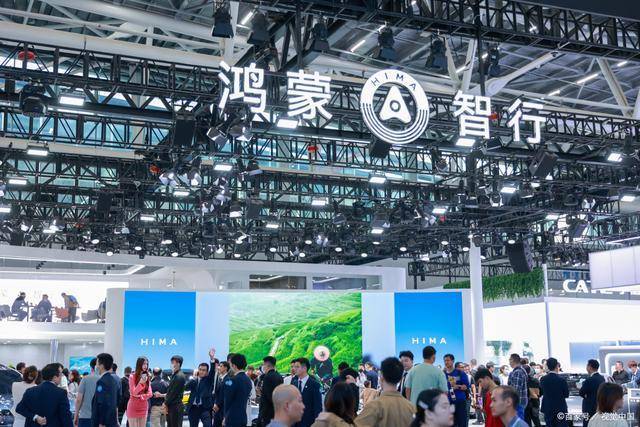
First, it's essential to clarify that Huawei is not 'building cars' in the traditional sense. Instead, it provides core technologies and components for smart vehicles, helping automakers produce better cars and positioning itself as an incremental component provider for smart connected vehicles. Richard Yu, President of Huawei's Intelligent Automotive Solutions BU, has repeatedly emphasized that Huawei does not manufacture complete vehicles, own brands, handle sales, or provide after-sales services. It solely acts as a technology provider, collaborating with automakers to co-create smart vehicles. Huawei aims to become the 'Intel of the smart automotive sector,' offering differentiated synergies in chips, software, hardware, devices, networks, and cloud services to help automakers build competitive advantages.
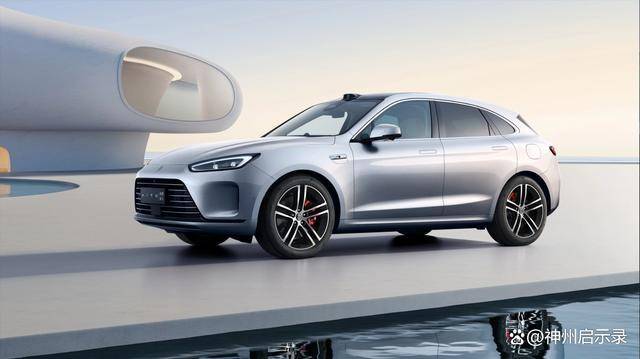
Second, let's explore Huawei's partners and its collaboration models. Currently, Huawei has established partnerships with several domestic automakers, primarily through two models: The first is the Harmony Smart Drive (HSD) model, where Huawei and automakers jointly establish a venture to co-develop, produce, and sell smart vehicles. Huawei provides core technologies and components, while the automaker handles vehicle manufacturing and brand operations. This model has been adopted with Seres, Chery, BAIC, and JAC, with joint ventures prefixed as 'Huawei AITO,' such as the AITO M7 and AITO M9. The second is the Huawei Inside (HI) model, where Huawei supplies core technologies and components without participating in joint venture operations. Automakers independently develop, produce, and sell smart vehicles with Huawei's technical support. This model has been adopted with Changan Automobile, SAIC Motor, and GAC Group, with products prefixed as 'Zhijie,' such as the Zhijie S7 and Zhijie S9.
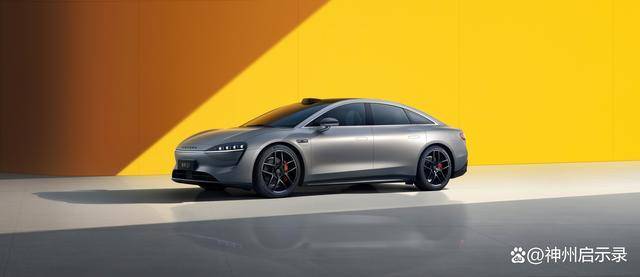
Finally, we need to consider how Huawei's partners will compete with each other. Huawei's partners are all leading domestic automakers with their own strategies and layouts in the smart vehicle sector. Their collaboration with Huawei is just one part of their overall plans. Among them, there exists both cooperation and competition, mutual benefits as well as strategic games. The competition between Huawei's partners mainly manifests in the following aspects:
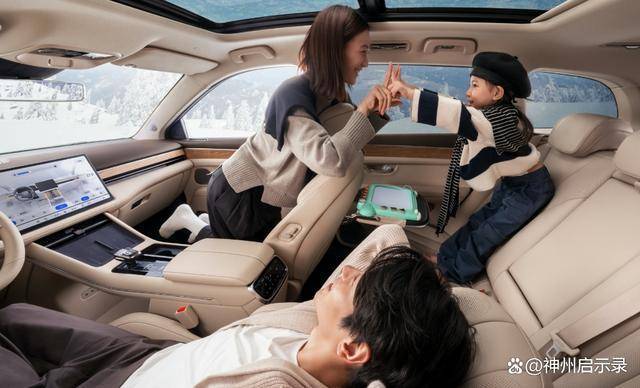
Technological Competition:
Huawei's partners all hope to obtain the latest, most advanced, and comprehensive technological support from Huawei to enhance their product competitiveness. However, Huawei's technological resources are limited, and it cannot share all its technologies equally with every partner—prioritization and differential treatment are inevitable. Therefore, partners compete for Huawei's technological resources, especially under the HarmonyOS Smart Drive model where Huawei's relationship with partners becomes closer, making technology sharing and protection more complex. How Huawei balances the technological needs of various partners, protects its core technologies, and prevents technology leaks and imitation is a critical issue that requires close attention.
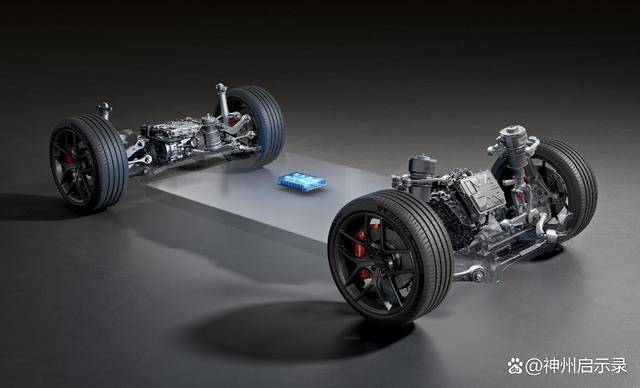
Market Competition:
Huawei's partners are all leading domestic automakers with their own target customers and market positioning. Their products have distinct advantages and disadvantages in terms of price, performance, and brand. Collaborating with Huawei will undoubtedly enhance their products' appeal and competitiveness, but it may also reduce differentiation between their products, potentially leading to homogenization.
Therefore, Huawei's partners will engage in intense competition in the market, especially for products in the same segment and price range, such as the Zhijie S7 and Wenjie M7, both positioned as smart electric coupes for young consumers and priced around 300,000 yuan. The competition between them is bound to be fierce. How Huawei coordinates the market strategies of its partners, avoids product overlap and conflicts, and ensures the interests of its partners is also a key issue that needs attention.
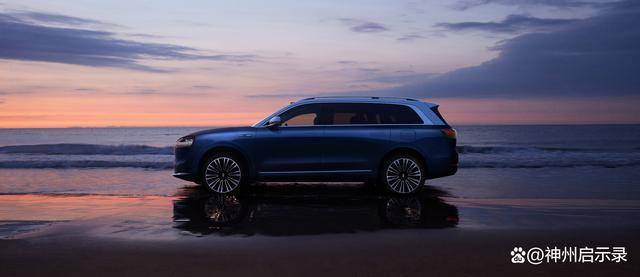
Brand Competition:
Huawei's partners are all leading domestic automakers, each with their own brand characteristics and image, and their brands have certain recognition and evaluation among consumers. Partnering with Huawei will undoubtedly leverage Huawei's brand influence and credibility to enhance their own brand image and awareness. However, it may also lead to their brands being overshadowed or even replaced by Huawei's brand.
Therefore, Huawei's partners will compete in terms of branding, especially under the HarmonyOS Smart Drive model, where Huawei's brand is mixed with those of its partners, such as the Huawei Wenjie M7. Consumers may easily perceive it as a Huawei product, overlooking the partner's brand. How Huawei balances its own brand with those of its partners, avoids brand confusion and conflict, and enhances brand recognition and reputation is another key issue that needs attention.
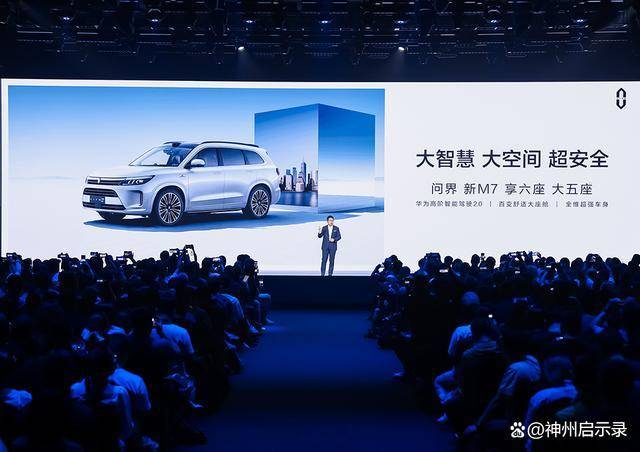
In summary, Huawei's automotive 'succession battle' has begun. Among Huawei's partners, there is both cooperation and competition, mutual benefit as well as rivalry. All of Huawei's partners hope to leverage Huawei's technological, market, and brand advantages to enhance the competitiveness of their smart cars, but they must also face challenges and pressures from other partners.
How Huawei can maintain its technological leadership and brand influence in this 'succession battle', while also safeguarding the interests and relationships of various partners, is no easy task. Huawei's smart car strategy deserves our continued attention and reflection.
